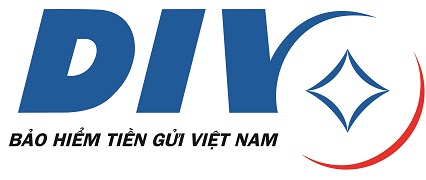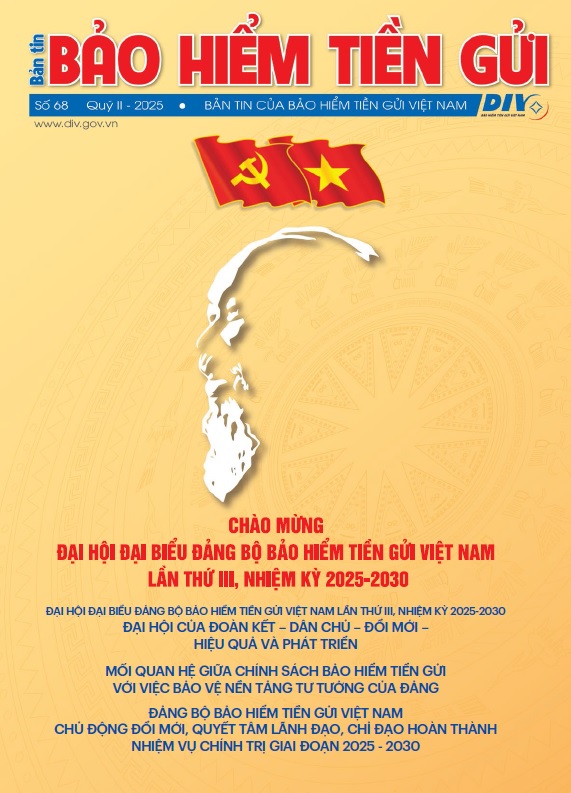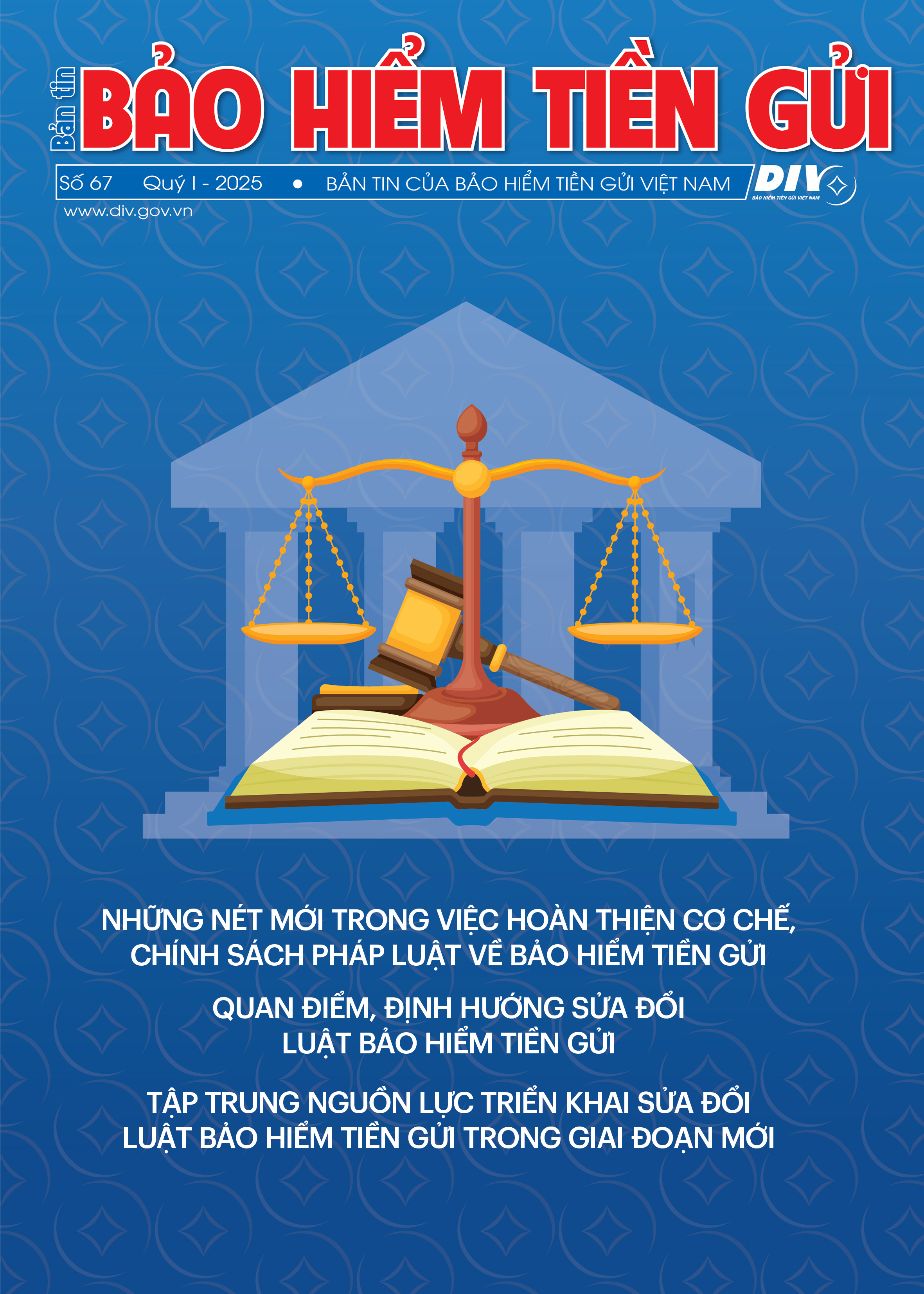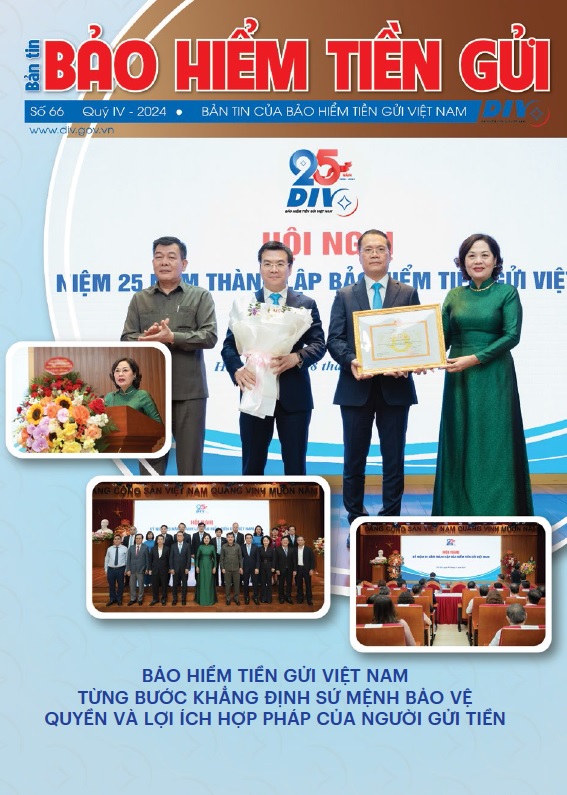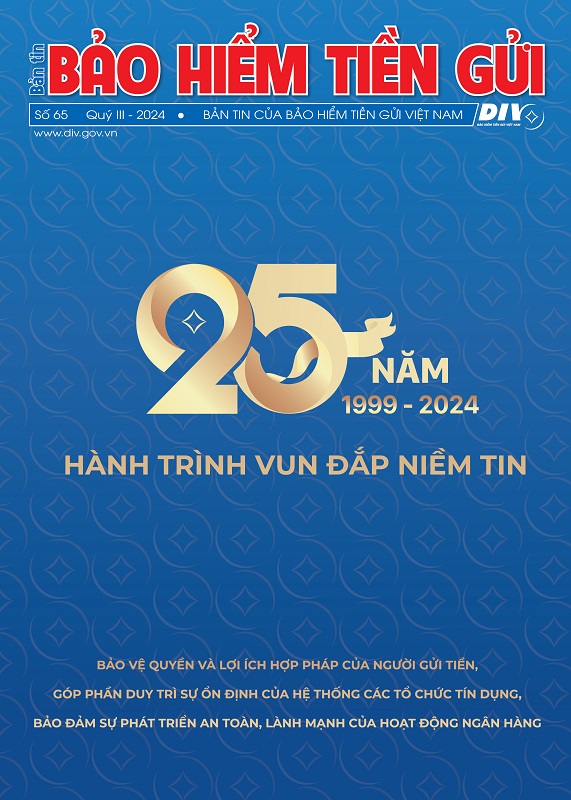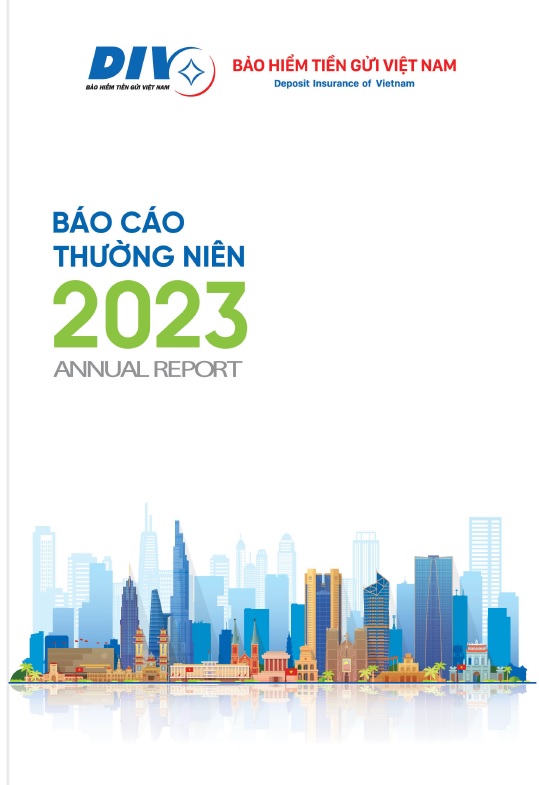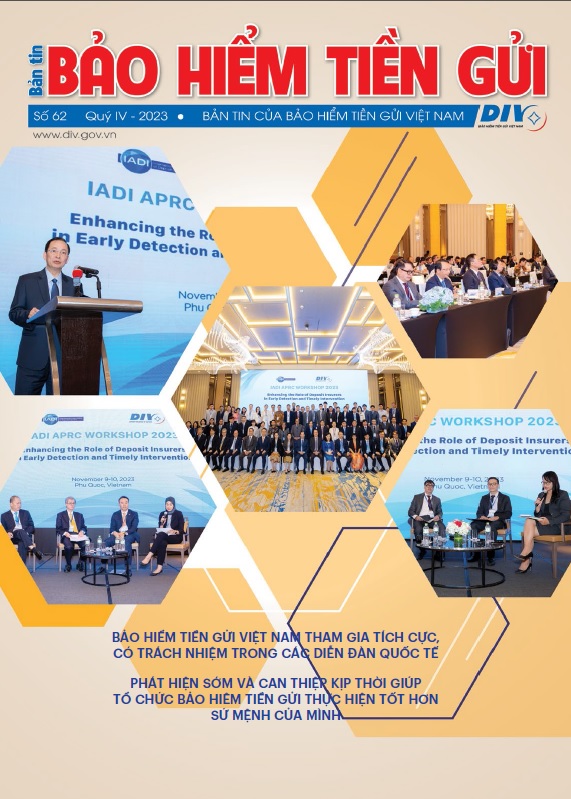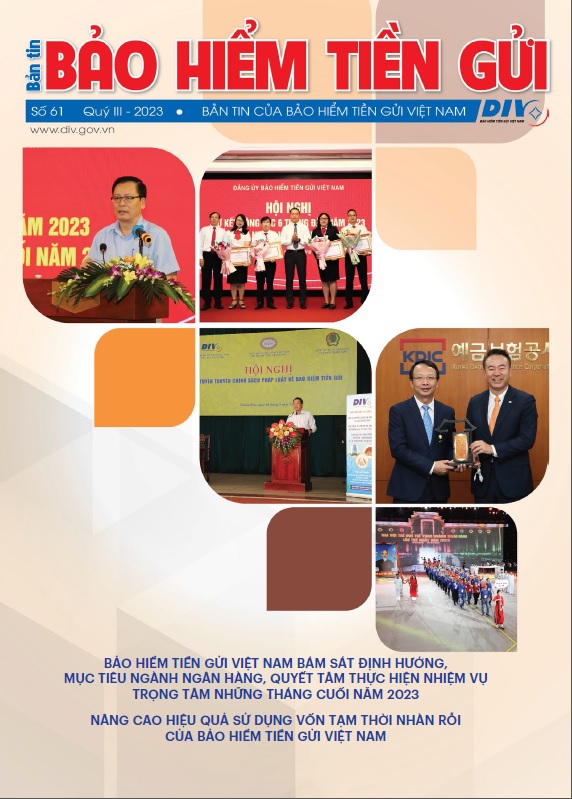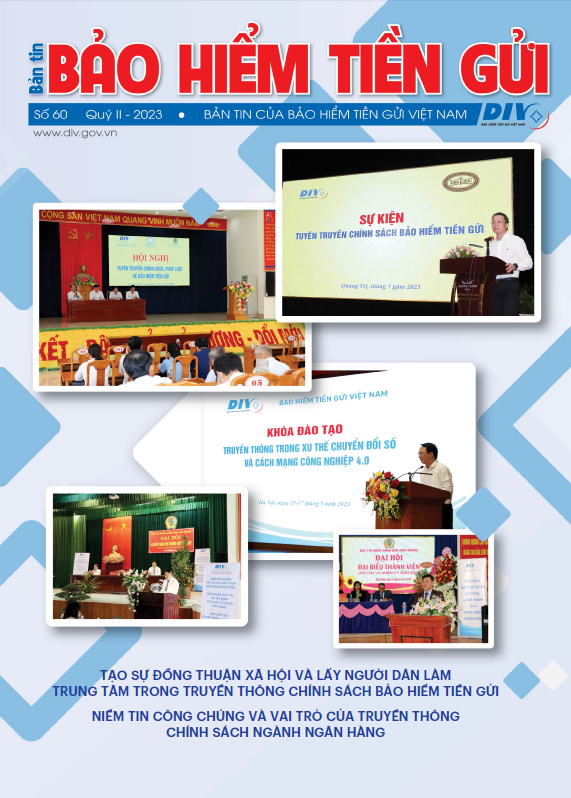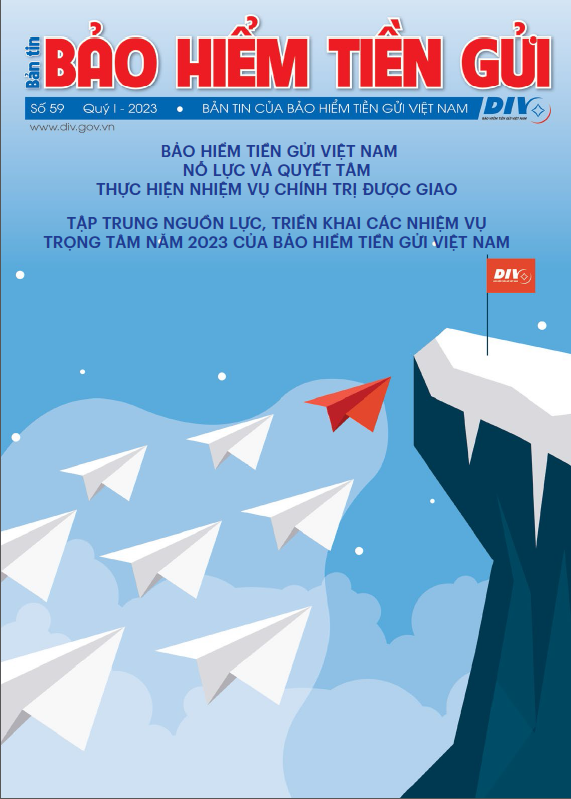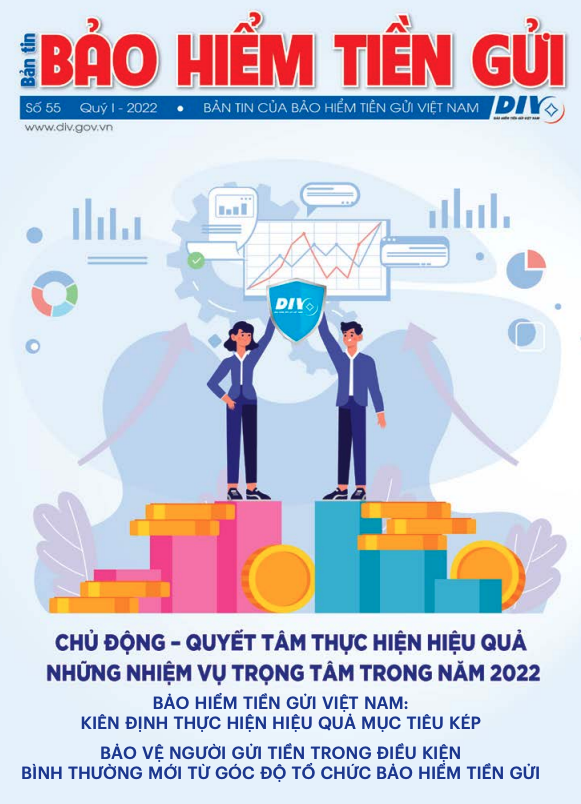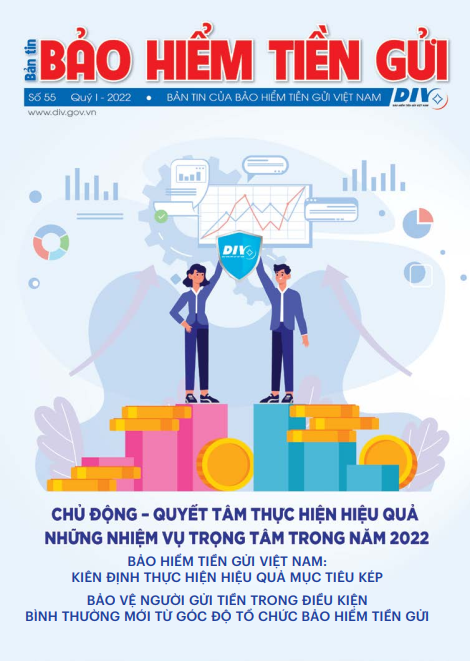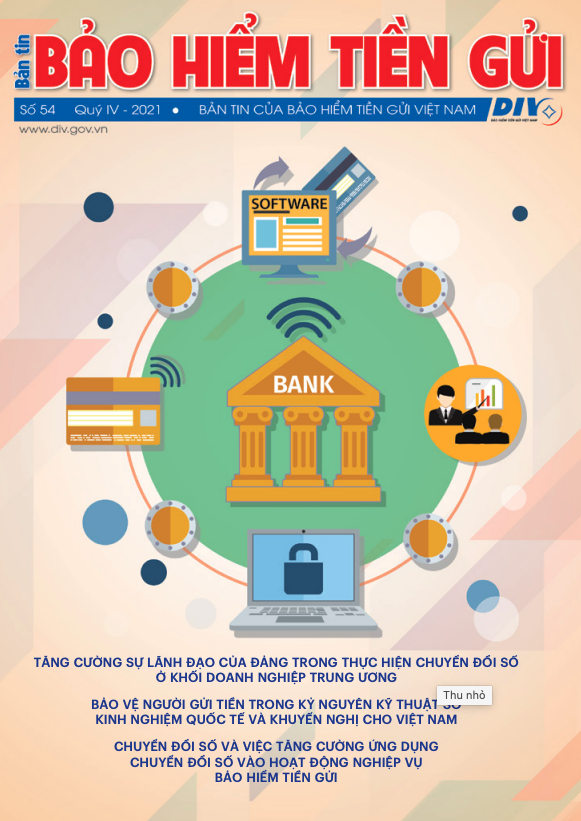Why do people resort to black credit?
Over the past time, the Government has strongly directed, along with many measures from functional agencies such as the State Bank of Vietnam (SBV), the Ministry of Public Security and even local authorities to actively participate to repel the usury problem. Although many hidden organizations and individuals have been eliminated, black credit is still on the rise in some localities.
Due to the impact of the Covid-19 pandemic, many people have reduced income and difficult lives, so they have to look for usury even though they know the interest rates are very high , sometimes up to 300%, even 1,000% per year. With technological solutions, people in big cities can easily access different types of loans such as: Borrowing through the website or peer-to-peer lending (P2P) made through the apps. Meanwhile, in some rural areas, where it is difficult for people to access bank capital (due to difficult loan procedures and conditions; lengthy application review time, etc.), non-bank credit sources is always "open" to welcome with a very simple and flexible loan procedure, no collateral required, borrowers can borrow as much as they want quickly.
According to the National Cyber Security Monitoring Center (NCSC), from the beginning of 2022 to now, more than 2,600 people have reported fraud through the website: canhbao.ncsc.gov. VN. In which, the number of people reporting about apps related to black credit activities accounted for 30%. In addition, black credit also lurks in the business of pawn services, financial support ... with very simple loan procedures, when people just need to take a photo of the citizen's identity card or household registration.
The loan sharking cases complicate the security and order situation, with 1,316 turns of dumping dirt and waste identified as having conflicts stemming from usury activities (this data is provided by which agency). go out?). Recently, during a meeting between the Prime Minister and workers in 2022, some comments expressed concern about the problem of black credit that greatly affects people. In the third session of the 15th National Assembly meeting, many voters also reflected that the black credit problem was raging, and it was necessary to have solutions to prevent it.
Deploying many solutions to prevent black credit
To repel black credit, the Government issued Directive No.12/CT-TTg dated April 25, 2019, which tasked ministries and sectors to implement solutions to limit black credit, in which there is the SBV with groups of solutions to create favorable conditions for people to access bank loans.
Accordingly, the SBV has recently issued a circular on lending by credit institutions, including regulations on lending to customers to serve their daily needs; direct credit institutions to diversify products and implement lending policies in remote and isolated areas. The SBV also reviewed, revised and issued a separate circular on credit of financial companies with regulations on debt collection and interest rates. At the same time, it focuses on communication work so that people can understand the State credit policies, credit for poor households, policy beneficiaries, etc.
Speaking at the 14th session of the National Assembly Standing Committee on August 10, SBV Governor Nguyen Thi Hong emphasized that people need to have access to official credit sources. In addition to the solutions that have been implemented such as continuing to improve the legal system so that credit institutions and commercial banks can boldly lend, reducing conditions or complicated procedures to make it easier for people too access credit, the SBV also directed credit institutions to exploit the application of science and technology, develop online payment and loan services, in association with administrative reform and simplify loan procedures. It is recommended to develop the network to increase access to the people, meet the people's legitimate and lawful borrowing needs.
“However, along with the efforts of the SBV as well as ministries, departments, branches and authorities, the most important thing is that people should be alert and cautious about the pitfalls of black credit to avoid bad credit systems. unpredictable consequences” – Governor Nguyen Thi Hong emphasized.
Previously, when discussing with representatives of employees at the Prime Minister's Meeting and Dialogue with workers in 2022 on June 12, First Deputy Governor of the SBV Dao Minh Tu informed that the Prime Minister and the Government has directed to strengthen microfinance credit, creating favorable conditions for the disadvantages to access banking and financial credit.
Specifically, all systems of commercial banks, large-scale credit institutions, cooperative credit institutions are operating in 57 provinces and cities and financial companies as well as 420 programs and micro-projects are actively implementing. The SBV will promote this type of credit to enhance the accessibility of people in general and farmers in particular.
Deposit insurance policy contributes to repelling black credit
Responding and joining hands with the Government and the SBV with a view to eliminate the black credit, DIV has actively implemented the deposit insurance policy in recent years, thereby contributing positively to raising the capital mobilization capacity of the system of credit institutions, especially the system of people's credit funds, which operate mostly in rural, remote and isolated areas. .
Through the implementation of professional activities, the DIV has contributed to promoting the development of official deposit and credit channels into the banking system in general and the people's credit funds in particular.
Specifically, with supervision and examination, the DIV can promptly detect people's credit funds showing signs of instability in operation, violating banking safety regulations, thereby taking timely risk control to avoid measures domino effects .
Regulations on mandatory listing of deposit insurance certificates help depositors to identify PCFs that have participated in deposit insurance to deposit safely, away from offers of high interest rates from "black credits" that can make They lose all their hard-earned money.
If the people's credit fund unfortunately encounters problems and loses its liquidity, the DIV will reimburse depositors with a coverage limit of VND 125 million in accordance with the law. According to the DIV, this limit currently fully protects nearly 91% of depositors of the entire banking system.
Recognizing that effective communication of deposit insurance policy will contribute to limiting and repelling the usury in rural areas, over the past time, DIV through its network of 8 regional branches across the country has actively coordinate with the SBV branches in provinces and cities, the system of people's credit funds, the Farmers' Union, the Women's Union, etc., to organize communication events, thematic activities, and community activities to convey the deposit insurance policy to the depositors in easy-to-understand, accessible and memorable forms.
For remote areas, the DIV chooses the exclusive communication channel of Vietnam Post Corporation (VNPOST) to promote the deposit insurance policy through pension payment envelopes at commune cultural post offices; through standees and posters to let people understand that their deposits at insured institutions are always safe, as well as the need to comply with the law when depositing money so that they will be protected by the DIV if any troubled case happens.
According to the information from the DIV, it is currently protecting more than 89 million depositors with insured deposits of nearly VND 7 million billion at 1,283 public institutions, including 97 commercial banks and foreign bank branches, 1,181 people's credit funds, 1 cooperative bank and 4 microfinance institutions. By increasingly promoting effective implementation of professional activities to ensure the safety of insured institutions, combined with effective communication of deposit insurance policy, people are increasingly assured when depositing money at people's credit funds or micro institutions finance, thereby contributing to maintaining security and social order; repelling the evils of black credit in rural, remote and isolated areas.
According to experts, in the long term, it is necessary to reform the financial and banking system, making it easier for people to access loans when needed. Along with that, it is vital to promote deposit insurance policy so that people have a complete and accurate understanding of deposit insurance, identify forms of usury hiding in the shadows of raising capital/ lending at high interest rates and avoid the dire consequences.
